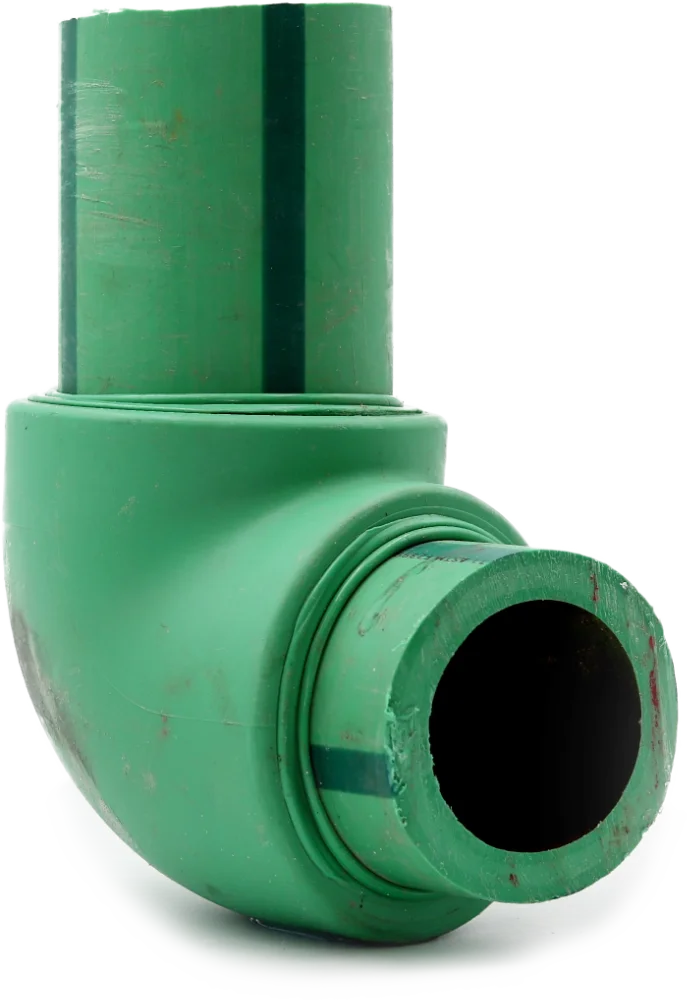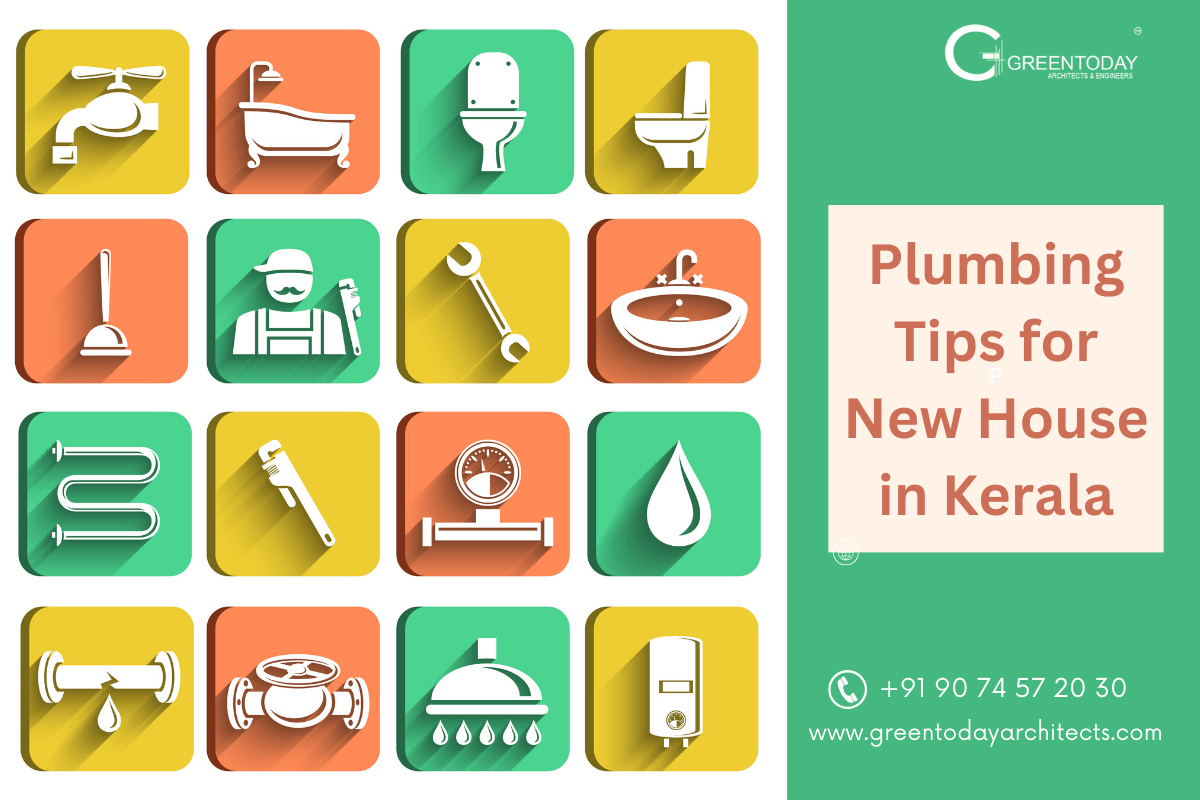Green Plumbing Tips for Eco-Conscious Homes

Creating an eco-friendly home involves making smart choices about water usage and plumbing systems. Green plumbing not only conserves water but also reduces energy consumption and lowers utility bills. Here are some essential tips and strategies to help you implement green plumbing in your home.
Why Choose Green Plumbing?

- Environmental Impact: Reduces water waste and conserves natural resources.
- Cost Savings: Lowers water and energy bills over time.
- Health Benefits: Minimizes exposure to harmful chemicals often found in traditional plumbing.
Top Green Plumbing Tips

| Tip | Description | Benefits |
|---|---|---|
| Install Low-Flow Fixtures | Use low-flow showerheads, faucets, and toilets to reduce water usage without sacrificing performance. | Saves water and reduces bills |
| Fix Leaks Promptly | Repair dripping faucets and leaking pipes immediately to prevent water waste. | Prevents water loss and damage |
| Use Tankless Water Heaters | These heaters provide hot water on demand, eliminating the need to store hot water. | Saves energy and space |
| Harvest Rainwater | Collect rainwater for irrigation and non-potable uses. | Reduces reliance on municipal water |
| Insulate Pipes | Insulate hot water pipes to reduce heat loss and improve energy efficiency. | Saves energy and provides quicker hot water |
Additional Eco-Friendly Plumbing Practices
- Choose Sustainable Materials: Opt for pipes and fixtures made from recycled or sustainable materials like PEX or copper.
- Regular Maintenance: Schedule routine inspections to ensure your plumbing system operates efficiently.
- Greywater Systems: Reuse water from sinks, showers, and laundry for irrigation.
Frequently Asked Questions (FAQ)
Q1: How much water can I save with low-flow fixtures?
A1: Low-flow fixtures can reduce water usage by up to 30-50%, significantly lowering your water bills.
Q2: Are tankless water heaters more expensive to install?
A2: While the initial cost is higher, tankless water heaters save money in the long run through energy efficiency.
Q3: Can I install a rainwater harvesting system myself?
A3: Basic rainwater collection systems can be DIY projects, but complex setups may require professional installation.
Conclusion
Implementing green plumbing tips is a practical way to make your home more sustainable and cost-effective. By adopting these strategies, you contribute to environmental conservation while enjoying the benefits of lower utility bills and improved home comfort.
